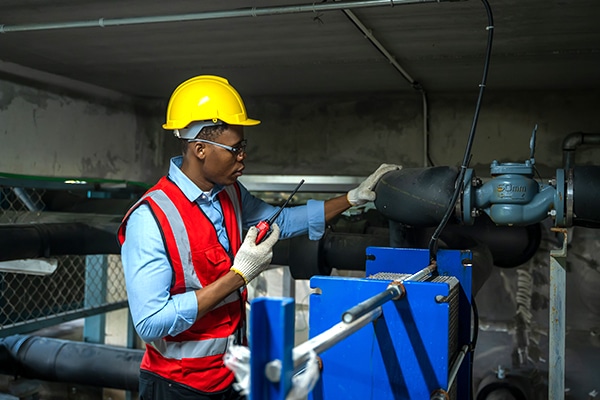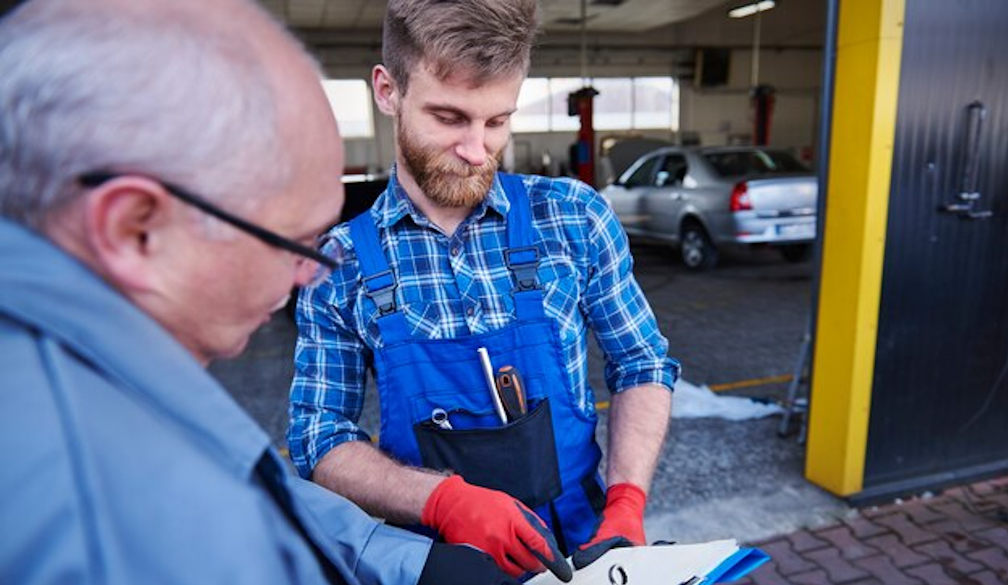They are making several good observations about The Future Of Plumbing: Trends And Technologies To Watch overall in this article down below.

Introduction
The pipes market is going through a transformative phase driven by technical advancements and growing issues for sustainability and efficiency. This post checks out emerging patterns and technologies shaping the future of pipes.
Governing Landscape
Governing frameworks play a vital role fit the fostering of plumbing advancements, with standards and codes regulating everything from water effectiveness to product safety and security. As technologies remain to develop, regulatory bodies need to adapt to ensure consumer defense and ecological stewardship.
Future Overview
The future of plumbing is identified by continued development and combination with various other fields such as IoT, renewable energy, and building automation. By accepting lasting methods, leveraging arising innovations, and focusing on user-centric style, the plumbing market is positioned to resolve the progressing demands of culture while minimizing its ecological footprint.
Enhanced Fact in Plumbing
Increased Truth (AR) technology is changing pipes by supplying professionals with real-time aesthetic support for troubleshooting and fixing jobs. AR-enabled wise glasses or mobile applications overlay digital details onto the physical environment, assisting plumbing professionals visualize pipeline layouts, determine concealed leakages, and implement repairs with accuracy.
Impact of 3D Printing
The development of 3D printing has actually presented new possibilities in producing plumbing parts. From custom-designed components to elaborate pipeline fittings, 3D printing enables fast prototyping and on-demand production, lowering preparations and allowing greater modification in plumbing design.
Health and Safety Characteristics
In feedback to enhanced problems for health and safety, pipes fixtures are integrating functions such as antimicrobial surface areas, touchless procedure, and self-cleaning devices. These developments not just improve hygiene yet also promote individual comfort and ease.
Hygiene-focused Components
Touchless taps, self-sanitizing bathrooms, and antimicrobial surface areas are coming to be significantly prevalent in household and commercial settings, decreasing the risk of germ transmission and promoting a cleaner, healthier atmosphere.
Water Top Quality Monitoring
Developments in water quality surveillance innovations allow house owners to monitor the purity and safety of their water system in real-time. Smart water quality sensors can spot contaminants, pH degrees, and temperature level variations, equipping users to take positive measures to make sure water safety.
Remote Plumbing Services
Remote diagnostics and digital support are changing the method pipes solutions are supplied. With video conferencing and remote accessibility technologies, plumbing technicians can fix problems, give guidance for do it yourself fixings, and even execute remote inspections, offering greater access and ease to property owners.
Challenges and Opportunities
While pipes technologies hold tremendous pledge, they also present obstacles such as information privacy issues, regulatory conformity, and the requirement for workforce training. Addressing these challenges calls for cooperation in between market stakeholders and governing bodies to guarantee risk-free and responsible implementation of brand-new modern technologies.
Smart Pipes Systems
Including smart modern technology into pipes systems allows remote surveillance, leakage detection, and automated maintenance. Smart sensors and IoT (Internet of Things) tools enable property owners and plumbing technicians to check water use and spot problems in real-time, leading to more effective resource monitoring and aggressive upkeep.
Water Effectiveness Solutions
With boosting emphasis on water conservation, ingenious solutions are being created to reduce water waste in plumbing systems. High-efficiency fixtures, greywater recycling systems, and wise watering controllers are amongst the technologies aiding customers decrease their water footprint while keeping comfort and comfort.
Lasting Materials
The shift in the direction of sustainability reaches pipes products, with an expanding preference for eco-friendly alternatives. Eco-friendly piping products, such as PEX (cross-linked polyethylene) and HDPE (high-density polyethylene), offer longevity and resistance to rust without compromising ecological stability.
Anticipating Upkeep
Anticipating upkeep techniques take advantage of information analytics and machine learning algorithms to expect and protect against plumbing concerns prior to they occur. By assessing historical information and performance metrics, anticipating upkeep algorithms can determine patterns and anomalies, making it possible for positive treatments to stay clear of expensive repairs and disturbances.
Final thought
Finally, the future of pipes is defined by a convergence of technology, sustainability, and user-centric design. By accepting wise services, lasting products, and proactive upkeep techniques, the plumbing market can improve effectiveness, advertise safety and security, and add to an extra lasting future.
Plumbing Technology Trends 2024: Shaping a Sustainable and Efficient Future
Plumbing Technology: A Beacon of Innovation
Intelligent Plumbing Systems: The adoption of smart plumbing solutions offers unparalleled control over water usage, preventing waste and ensuring optimal efficiency. These systems can be installed by qualified contractors and may require technicians with expertise in new codes for proper functionality. Eco-Friendly Piping: Innovations in piping materials, like PEX and recycled content options, are making plumbing systems more sustainable. These materials are not only better for the environment but also durable and flexible, making them easier to install and less likely to need repairs. Automated Leak Detection: New plumbing technologies include systems that can automatically detect leaks. This is a big deal because it means we can fix them before they cause a lot of damage or waste too much water. It’s all about catching problems early and saving resources. Energy-Efficient Water Heaters: There’s also a big push towards devices that use less energy. This includes solar and tankless models, which provide hot water only when it’s needed, cutting down on energy use and costs. Plumbers: Champions of Sustainability
Adopting Green Practices: Contractors who specialize in sustainable plumbing can ensure your system meets the latest regulations and utilizes efficient valves. They undergo comprehensive training programs that emphasize sustainability in practices like eco-friendly installations. Water Conservation Efforts: Through the installation of high-efficiency appliances, plumbers are essential in reducing water consumption and promoting conservation. When repairing or replacing older fixtures, plumbers can recommend high-efficiency options that comply with local codes. Pipe: The Lifeline of Modern Plumbing
Innovative Pipe Solutions: The use of environmentally friendly and durable materials in pipes, like PEX and recycled content options, reduces the ecological footprint and enhances water quality. These innovative pipe solutions may require specialized repair techniques from qualified plumbers familiar with the materials. Advanced Leak Detection: Modern pipes are now more frequently equipped with sensor technology that can identify leaks early, conserving water and preventing damage. Early leak detection can save homeowners money on repair costs and potential water damage. Water Heater: At the Forefront of Efficiency
Renewable Energy Heaters: Solar heaters and other renewable energy-powered models are becoming more common, offering an eco-friendly alternative to traditional methods. These benefit the environment but can also potentially lead to lower water bills through reduced energy use. On-Demand Heating: Tankless heaters have gained popularity for their ability to provide hot water as needed, minimizing energy waste. This innovative technology eliminates the need for a large storage tank, freeing up valuable space and simplifying the installation process for qualified plumbers. https://intownplumbingtx.com/articles/plumbing-technology-trends/

I'm just very excited about Innovative Plumbing Trends Transforming Construction and I really hope you liked the entire blog posting. Sharing is caring. Helping people is fun. Many thanks for your time. Don't hesitate to come visit our blog back soon.
Call